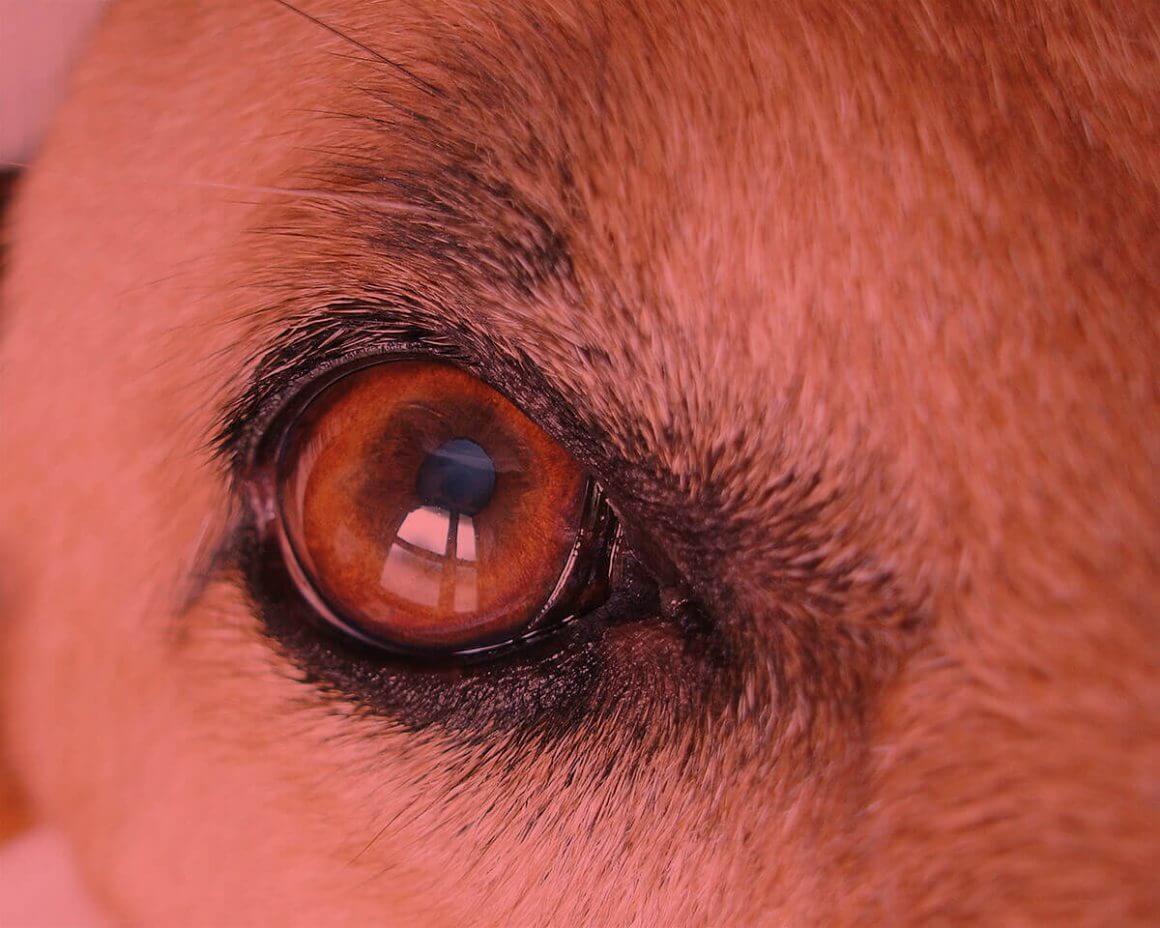By Mary Oquendo
I have a riddle for you. What can go from minor to major in a blink of an eye? The answer is… eye injuries. It is why you should take a good look at a dog’s eyes during the check-in process. Check for excessive blinking, squinting, discharge, blood, cloudiness, bulging eyes, rubbing, or redness, all of which could indicate a pre-existing condition that may be aggravated during grooming. Bring any concerns to the owner’s attention beforehand.
Let’s begin with a quick anatomy lesson. The eye is composed of three layers: the sclera, uvea, and retina.
The sclera is the outer layer. It protects and maintains the shape of the eye. The sclera is often referred to as “the whites of the eye.”
The cornea or uvea is the pigmented area of the eye. It has three components: the iris, ciliary body, and chorid. The cornea contains the blood vessels, which feed the eye and are responsible for light absorption.
The retina contains the rods and cones, and it triggers nerve impulses to the brain. The rods “see” in black and white and in lowlight. The cones “see” in color and need bright light. It is hypothesized that dogs and cats see mainly in black and white, because their retina is mainly made up of rods. The nerve impulses sent to the brain are what create the image. In addition, both dogs and cats have a tapetum. It is a membrane that reflects light at night. It’s why we can see them when a light is flashed at them at night.
In addition, the eyes have eyelids, eyelashes, and the third eyelid. The eyelids contain the lacrimal gland, which produces tears. These tears keep the cornea moist. There is a drainage system that leads the tears to the nasal cavity. Eyelashes are found on the upper lids only. The third eye is also known as the haw or nictating membrane. The third eyelid is located under the lower eyelid near the nose. Its function is to keep debris out of the eye.
What are the issues affecting the eyes in a grooming environment?
Product in the Eye
This can lead to ulceration, burns, and abrasions. The irritation may cause the pet to scratch at their eyes, leading to infections, both fungal and bacterial. Pets with bulging eyes, such as Pug, Shih Tzu, and Pekingese, have more eye surface available for environmental debris. The best defense is to exercise caution with any products around faces. There are eye ointments available, but it produces a greasy discharge and you must be careful to avoid touching the eye with the applicator tip. If you get product in the eye, rinse with eyewash for ten minutes and notify the owner.
Contact Injuries
The tip of ointment tubes, clipper blades and clip-ons, scissors, combs, brushes, and pets scratching at their eyes can cause it. If an object is embedded, do not remove. Cataracts can result from head trauma from a fall or a thrashing pet hitting their head against a grooming arm.
Proptosis
Otherwise known as a popped out eyeball. Dogs with shallow eye sockets and large eye openings, such as Pugs and Shih Tzus, are prone. In addition, it is not difficult for this to occur in these breeds. In such cases, I use no restraint, have the owners sign a waiver, and will stop the groom if they struggle. Should the eye pop out, cover it with a cool damp cloth and call the veterinarian to inform them you are on the way. There is a very short window to save this eye.
What pre-existing eye conditions impact grooming?
Entropion
The eyelashes fold in rather than out, causing the lashes to rub against the cornea. In itself, entropion can cause scar tissue, infections, and blindness. This pet eyes are more sensitive if there is product contact.
Cherry Eye
The third eyelid slips out of place and swells. The risk is a contact injury by grooming equipment used around the face. Breeds pre-disposed are Beagles, Bloodhounds, Boston Terriers, Bulldogs, Bull Terriers, Lhasa Apsos, Saint Bernards, and Shar Peis.
Glaucoma
Increased pressure within the eye caused it to swell. It will appear swollen and bloodshot. This is painful, and this pet may pose a bite risk.
Dry Eye
This pet does not have normal eye lubrication. Any product in the eye will cause more damage. There is usually a gooey, yellowish discharge associated with this. Some of the causes include head injury, antibiotics, and immunological disorders.
Hardened Discharge
Many times we are uncertain as to the degree of injury underneath. I have seen everything from minor irritation to open wounds.
Conjunctivitis or Pink Eye
It is an inflammation or infection in the outer part of the eye. The eye will appear puffy and red along with discharge. Allergies, systemic diseases, or foreign bodies cause pink eye. Certain strains are zoonotic. It can pass between other pets as well as yourself.
As groomers, we are limited in our ability to treat eye injuries, as we can often cause more damage. To minimize our liability, ensure that the owners are present during the intake. Take note of any eye concerns that need to be addressed by a veterinarian before grooming, and note any necessary precautions for chronic conditions. As minutes matter, our time is better spent in contact with a veterinarian for specific instructions and to give them time to prepare for our arrival. Since the potential exists for the loss of both vision and eye, leaving for the veterinarian in a timely manner can make that difference.
